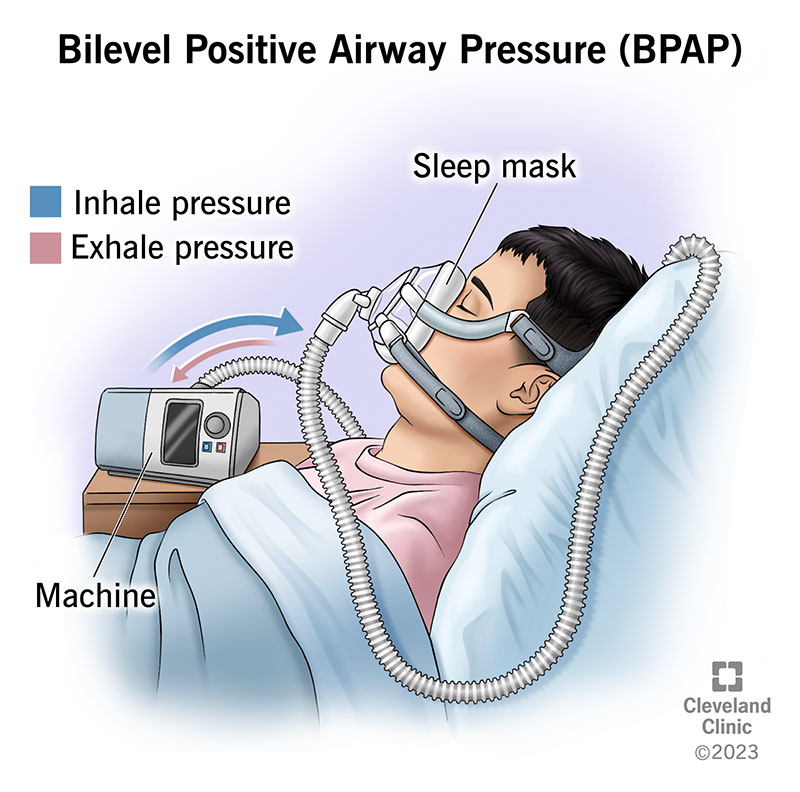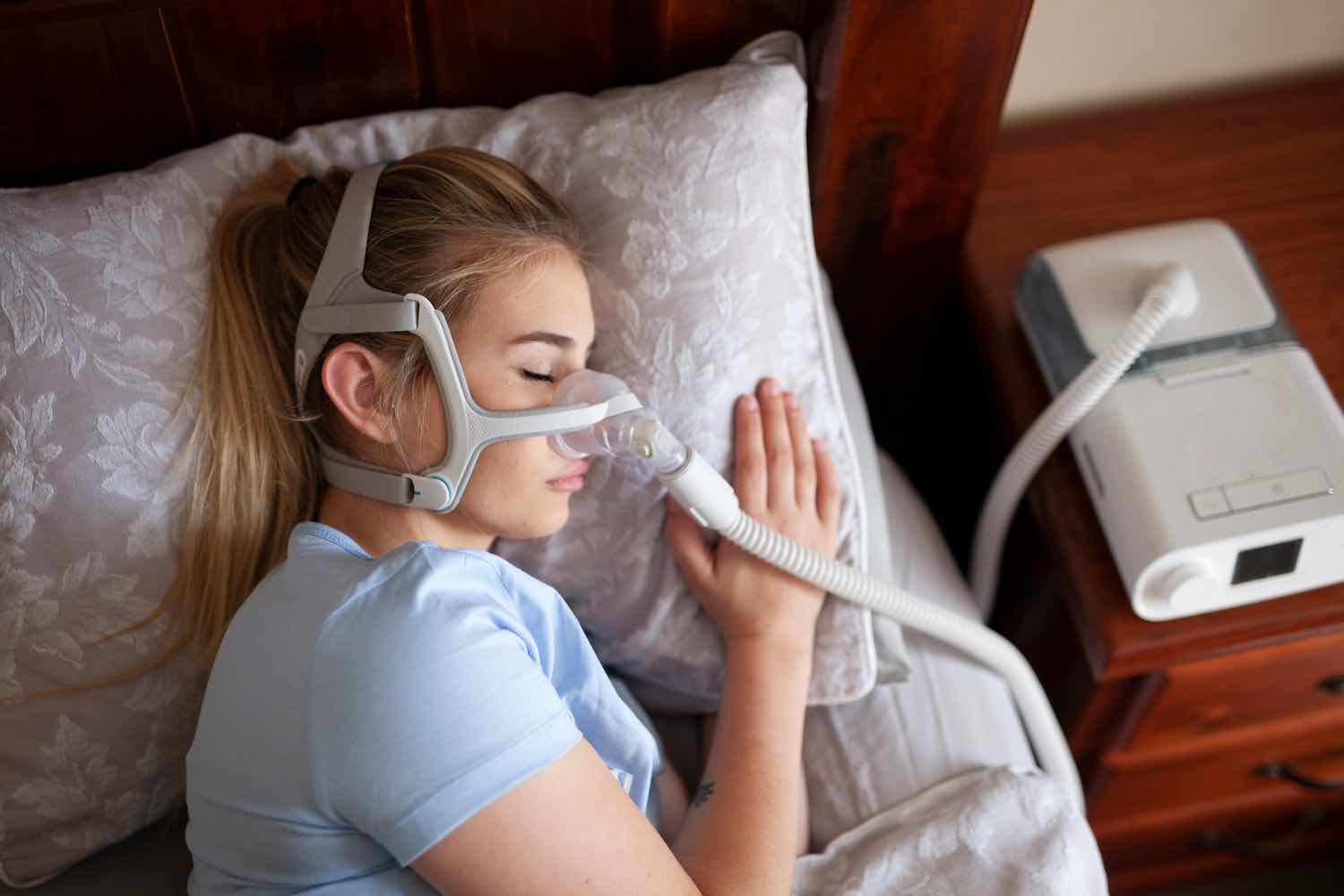Practical BiPAP Rental Providers with Quick Distribution
Practical BiPAP Rental Providers with Quick Distribution
Blog Article
Bipap vs. CPAP: Which Is the most effective for Your Sleep Problem?
When browsing the intricacies of rest conditions, the option between BiPAP and CPAP therapy is an important factor to consider. Each technique uses special benefits tailored to specific problems, yet the choice depends upon private client requirements and convenience levels. While CPAP supplies a stable air movement ideal for obstructive rest apnea, BiPAP's dual pressure setups might boost convenience for those with more intricate respiratory concerns. Recognizing these distinctions can considerably impact therapy effectiveness, leaving one to ponder which option really straightens with their health and wellness requirements and way of living.
Comprehending Rest Disorders
Sleep problems encompass a variety of conditions that interrupt regular sleep patterns, influencing both the high quality and period of rest. These conditions can manifest in different kinds, including sleep problems, sleep apnea, narcolepsy, uneasy leg syndrome, and parasomnias. Each problem offers distinct obstacles, usually resulting in substantial daytime tiredness, cognitive impairment, and psychological disturbances.
Sleeping disorders is characterized by trouble dropping or remaining asleep, while rest apnea involves repeated disturbances in breathing throughout rest, typically leading to fragmented rest. Narcolepsy, on the other hand, is marked by too much daytime drowsiness and sudden sleep assaults. Uneasy leg disorder causes unpleasant experiences in the legs, motivating an uncontrollable desire to move them, which can likewise prevent the capacity to drop off to sleep.
The effect of rest disorders extends beyond individual health and wellness, influencing total productivity, connections, and top quality of life. Comprehending the specific nature of each problem is critical for reliable diagnosis and therapy. As rest wellness comes to be increasingly recognized as a vital component of total health, addressing these disorders is essential for enhancing both rest top quality and day-to-day performance.
Exactly How CPAP Works
Continuous Favorable Respiratory Tract Stress (CPAP) therapy is often employed as a primary therapy for obstructive rest apnea (OSA) The system of CPAP includes using a maker that supplies a constant stream of air via a mask worn throughout rest. This air flow preserves positive stress in the air passage, avoiding the collapse or obstruction of the throat that can take place during sleep.
When a person inhales, the CPAP machine gives a constant flow of air, making certain that the air passage remains open - BiPAP Rental. This not just eases the signs of OSA, such as snoring and disrupted rest patterns, but additionally decreases the associated wellness dangers, including cardio problems and daytime exhaustion
The pressure setups on a CPAP maker can be customized to satisfy individual patient requirements, typically identified with a rest research study. People usually undergo titration research studies to locate the optimal stress degree for their distinct problem. Normal follow-up and adjustments might be necessary to make sure performance and comfort. Generally, CPAP treatment has been revealed to dramatically improve the high quality of rest and overall health and wellness for people suffering from obstructive sleep apnea.
Just How BiPAP Functions
BiPAP, or Bilevel Favorable Airway Pressure, is a specific type of non-invasive air flow that is especially beneficial for patients with conditions such as complicated sleep apnea or breathing conditions. Unlike CPAP, which provides a constant stream of air at a solitary stress, BiPAP gives 2 unique pressure click to read settings: a higher inspiratory pressure for breathing and a reduced expiratory stress for exhalation. This dual-pressure strategy permits for much easier breathing, minimizing the initiative needed during exhalation.
The device runs via a mask fitted over the nose or mouth, linked to a maker that produces atmospheric pressure. When the patient inhales, the equipment supplies the higher pressure to aid with airflow, ensuring that the respiratory their explanation tract continues to be open. Upon exhalation, the maker immediately reduces the stress, making it more comfy for the individual to breathe out.

Key Differences Between BiPAP and CPAP

On the other hand, BiPAP (Bilevel Favorable Respiratory tract Stress) offers two various stress settings: one for inhalation and a reduced one for exhalation. This twin pressure system enables more comfy breathing, specifically for patients who battle with breathing out versus a continuous pressure. BiPAP is usually recommended for clients with complicated rest apnea, persistent obstructive lung condition (COPD), or those who need extra assistance throughout rest.
Moreover, the intricacy of BiPAP devices usually leads to a greater expense and needs a lot more mindful titration than CPAP. BiPAP Rental. Recognizing these key distinctions can assist in identifying which gadget may be much more suitable for particular sleep disorders, setting the foundation for enlightened therapy choices
Selecting the Right Therapy
The choice between BiPAP and CPAP therapy mainly pivots on the details attributes of the sleep problem, the individual's overall wellness, and their comfort with the device. CPAP, which supplies a continuous stream of air, is generally recommended for obstructive sleep apnea (OSA)
Alternatively, BiPAP offers 2 levels of stress: one for inhalation and a reduced one for exhalation. This double stress system is helpful for clients with intricate sleep apnea or those that experience difficulty breathing out against a constant stress. Furthermore, BiPAP is often suggested for people with breathing problems, such as chronic obstructive lung disease (COPD), where varying stress setups can improve convenience and compliance.
Eventually, a comprehensive analysis by a sleep expert, consisting of a sleep research study, can aid identify which treatment straightens best with the individual's demands. Factors such as convenience, convenience of use, and particular clinical problems should also be considered to optimize treatment results.
Conclusion
In summary, both BiPAP and CPAP serve distinct objectives in the administration of sleep problems. CPAP is efficient for obstructive rest apnea via regular air movement, while BiPAP supplies dual stress setups that boost convenience for those with intricate rest apnea or respiratory system concerns. The option in between these therapies ought to be directed by private needs and conditions, necessitating a comprehensive evaluation by a sleep professional to make certain optimum treatment outcomes and boosted top quality of rest.

In general, CPAP treatment has actually been shown to considerably enhance the top quality of rest and overall health for individuals experiencing from obstructive rest apnea.
BiPAP is often recommended for clients with intricate rest apnea, persistent obstructive lung disease (COPD), or those who need extra assistance throughout rest.
CPAP is reliable for obstructive rest apnea via consistent air movement, while BiPAP uses double pressure settings that boost comfort for those with complicated rest apnea or respiratory system concerns.
Report this page